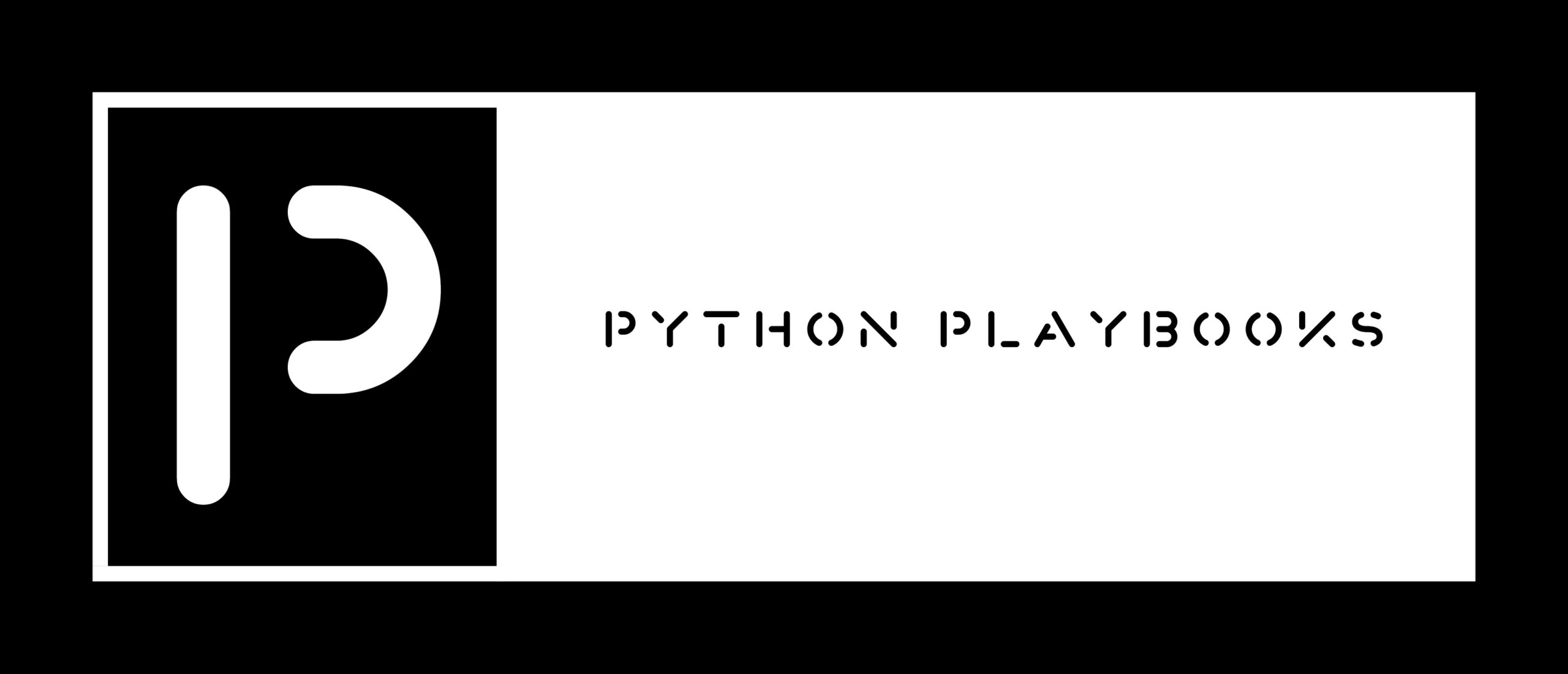Python is a high-level, interpreted programming language that was first released in 1991 by Guido van Rossum. It is widely used for a variety of applications, including web development, scientific computing, data analysis, artificial intelligence, and more. Over the years, Python has become one of the most popular programming languages due to its simplicity, versatility, and ease of use.
Python is often referred to as a “batteries included” language, which means that it comes with a large standard library that includes modules for tasks such as connecting to the internet, reading and writing files, and working with data. This extensive library of modules allows Python developers to get up and running quickly without having to worry about writing low-level code.
One of the key advantages of Python is its simplicity and readability. The language was designed with the goal of making it easy to write and understand, which makes it an ideal choice for beginners and experienced programmers alike. Python code is often described as “executable pseudocode” due to its clear and concise syntax, which makes it easy to understand what a piece of code is doing even if you are not familiar with the underlying logic.
Another advantage of Python is its versatility. The language is used in a wide range of applications, from simple scripts to large, complex systems. Some of the most common applications of Python include:
- Web development: Python is widely used for web development, particularly for back-end development. Popular Python web frameworks include Django and Flask, which provide a robust set of tools for building dynamic web applications.
- Scientific computing: Python is widely used in scientific computing due to its powerful numerical and scientific libraries, such as NumPy and SciPy. These libraries allow scientists and engineers to perform complex calculations and simulations, and are used in a variety of fields, including physics, engineering, and finance.
- Data analysis: Python is a popular choice for data analysis due to its powerful data manipulation and analysis libraries, such as Pandas and Matplotlib. These libraries make it easy to work with data, perform complex data manipulations, and visualize data in a variety of formats.
- Artificial intelligence: Python is widely used in artificial intelligence and machine learning due to its powerful libraries, such as TensorFlow and PyTorch. These libraries allow developers to build and train machine learning models and are used in a variety of applications, including computer vision, natural language processing, and robotics.
- Automation: Python is often used for automation tasks, such as web scraping, data extraction, and automated testing. The language’s ease of use and versatility make it an ideal choice for these tasks.
These are just a few of the many applications of Python. Due to its simplicity, versatility, and ease of use, the language is widely used in a variety of other domains, including finance, education, and more.
Here are five more types of Python applications:
- Desktop applications: Python can be used to build cross-platform desktop applications, such as graphical user interface (GUI) applications, with the help of libraries like PyQt, Tkinter, and wxPython.
- Game development: Python can be used to create games using libraries like Pygame and Pyglet. These libraries provide the tools necessary to create 2D and 3D games with graphics, audio, and input handling.
- Network programming: Python is a popular choice for network programming due to its easy-to-use libraries, such as Scapy and Twisted, which allow developers to build network protocols and applications.
- Education: Python is widely used in education, particularly for teaching introductory programming concepts. Its simplicity and ease of use make it an ideal choice for teaching students of all ages, from elementary school to university.
- Image processing and computer vision: Python is widely used for image processing and computer vision due to its powerful libraries, such as OpenCV and scikit-image. These libraries provide tools for image processing, feature extraction, and computer vision tasks, making it easy for developers to build applications that work with images and video.
